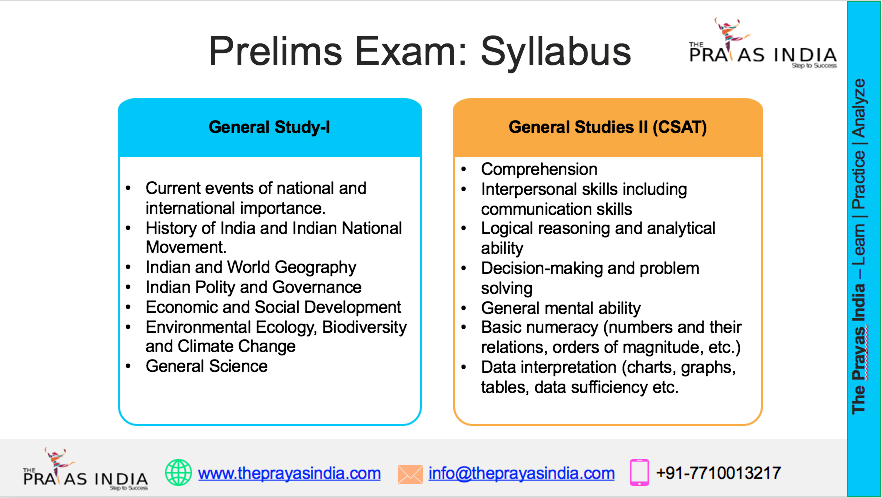UNESCO Adds New Indian Sites to World Heritage List 2025
Introduction:
In a proud moment for India, the year 2025 has witnessed the inclusion of several more Indian marvels in the prestigious UNESCO World Heritage List. This recognition by the United Nations Educational, Scientific and Cultural Organization (UNESCO) reflects India’s vast cultural wealth, architectural grandeur, and natural innovation. With each addition, India strengthens its position as one of the world’s top nations in terms of heritage diversity.
In this article, we explore the new Indian entries in the UNESCO World Heritage List 2025, their historical and cultural importance, and the critical role they play not only for national pride but also for candidates preparing for competitive examinations like UPSC, SSC, Banking, Railways, MBA entrances, and Law entrance exams.
Understanding the UNESCO World Heritage List
The UNESCO World Heritage List is an international catalogue of sites that have outstanding cultural, historical, scientific, or natural significance. Being inscribed on this list grants the site global recognition and obligates nations to ensure its protection and conservation for future generations. Sites that receive this status are considered irreplaceable treasures of humanity, deserving careful preservation efforts.
India’s association with UNESCO dates back decades, with landmarks such as the Taj Mahal, Ajanta Caves, and the Sun Temple at Konark already inscribed. Each addition reinforces India’s image as a custodian of extraordinary cultural and natural heritage.
Indian Sites Added to the UNESCO World Heritage List in 2025
Sacred Ensembles of Hoysala Temples, Karnataka
The Sacred Ensembles of the Hoysala Temples, including the prominent temples at Belur, Halebidu, and Somnathapura, are now officially part of the World Heritage List. These temples, built in the 12th century under the Hoysala Empire, are renowned for their intricate carvings, architectural precision, and unique star-shaped platforms.
The temples showcase the fusion of Dravidian architecture with intricate sculptures depicting Hindu mythology, animals, dancers, and musicians. The Hoysala architecture is often praised for its detailed craftsmanship and the harmonious layout of temples with their surroundings.
This inclusion highlights the rich history of South Indian temple architecture and brings global attention to Karnataka’s historical treasures.
Modhera Sun Temple Complex, Gujarat
The Modhera Sun Temple, located in Gujarat, has long been admired for its architectural brilliance and scientific design. Constructed in the early 11th century by King Bhima I of the Chaulukya dynasty, the temple is dedicated to the solar deity Surya.
The entire complex is uniquely designed in alignment with the sun’s movements, particularly during equinoxes, allowing the first rays of sunlight to illuminate the sanctum sanctorum. The temple includes a large stepwell known as Surya Kund, which features beautifully carved shrines and steps, exemplifying ancient Indian engineering and aesthetics.
Its recognition by UNESCO acknowledges India’s early advancements in astronomy, architecture, and art.
Living Root Bridges of Meghalaya
The Living Root Bridges of Meghalaya represent an extraordinary example of sustainable architecture. Crafted over generations by the Khasi and Jaintia tribes, these living structures are made by training the roots of rubber trees across streams and rivers to form natural, resilient bridges.
This natural innovation, some of which are over a century old, stands as a testament to indigenous knowledge, resilience, and environmental harmony. UNESCO’s recognition of the Living Root Bridges under the Natural Heritage category brings much-needed global awareness to these eco-friendly marvels.
Their inclusion serves as a reminder of the sustainable practices embedded in India’s traditional lifestyles.
The Impact of UNESCO World Heritage Status
The addition of these sites has several profound implications:
-
Enhanced Global Recognition:
UNESCO status amplifies international awareness about India’s cultural and natural assets. -
Boost to Tourism:
World Heritage designation often leads to an increase in domestic and international tourism, significantly benefiting local economies. -
Funding and Conservation:
Inscription ensures that these sites receive financial and technical support for their maintenance and protection. -
Cultural Pride and National Identity:
It fosters a sense of pride among Indians, reinforcing the importance of heritage conservation. -
Educational Importance:
Knowledge of current affairs becomes crucial for aspirants of competitive exams, particularly for exams like UPSC, SSC, Banking, Railways, Law, and MBA entrances.
Importance for Competitive Exam Aspirants
Awareness of India’s UNESCO World Heritage Sites is particularly important for candidates preparing for various government and entrance examinations. Questions related to the following are frequently asked:
-
Newly inscribed World Heritage Sites and their significance
-
Features and architecture of specific sites (Hoysala temples, Sun Temples, etc.)
-
Environmental conservation efforts (Living Root Bridges)
-
India’s cultural diplomacy and international achievements
-
UNESCO’s role and heritage conservation initiatives
Thus, aspirants should closely study these new inclusions, their historical background, geographical location, and cultural significance.
UNESCO and India’s Ever-Growing Heritage List
With these additions, India now boasts more than 43 sites on the UNESCO World Heritage List, spanning cultural, natural, and mixed heritage categories. India’s diverse topography and centuries-old civilization continue to offer new dimensions of human creativity and environmental innovation to the world.
The Sacred Ensembles of Hoysala Temples, the Modhera Sun Temple Complex, and the Living Root Bridges not only enrich India’s heritage landscape but also serve as inspirations for the global community to cherish and protect the legacy of humanity.
The year 2025 marks a significant chapter in India’s journey on the global heritage map. The UNESCO recognition of the Sacred Ensembles of Hoysala Temples, the Modhera Sun Temple Complex, and the Living Root Bridges of Meghalaya is a testament to India’s unparalleled cultural and natural wealth.
It is essential not only for policymakers and conservationists but also for students, academicians, and aspirants of competitive exams to recognize the importance of these sites. These marvels of history, architecture, and sustainable innovation continue to remind the world of India’s invaluable contribution to humankind’s shared heritage.
By celebrating and protecting these sites, India moves closer to fulfilling its responsibility towards future generations, ensuring that the lessons and wonders of the past remain vibrant and alive.




![Prayas-तेजस [UPSC CSE Sociology Optional] – Online & Offline](https://theprayasindia.com/wp-content/uploads/2025/09/Prayas-तेजस-UPSC-CSE-Optional-Subject-The-Prayas-India-300x300.png)
![Prayas-सूत्र [UPSC CSE Materials (Hardcopy)]](https://theprayasindia.com/wp-content/uploads/2025/09/Prayas-सूत्र-UPSC-CSE-Study-Materials-Hardcopy-The-Prayas-India-300x300.png)
![Prayas-मंत्रा [UPSC CSE CSAT]](https://theprayasindia.com/wp-content/uploads/2025/09/Prayas-मंत्रा-UPSC-CSE-CSAT-The-Prayas-India-300x300.png)
![Prayas सारथी [UPSC CSE One on One Mentorship]](https://theprayasindia.com/wp-content/uploads/2025/09/Prayas-सारथी-UPSC-CSE-One-on-One-Mentorship-The-Prayas-India-300x300.png)










